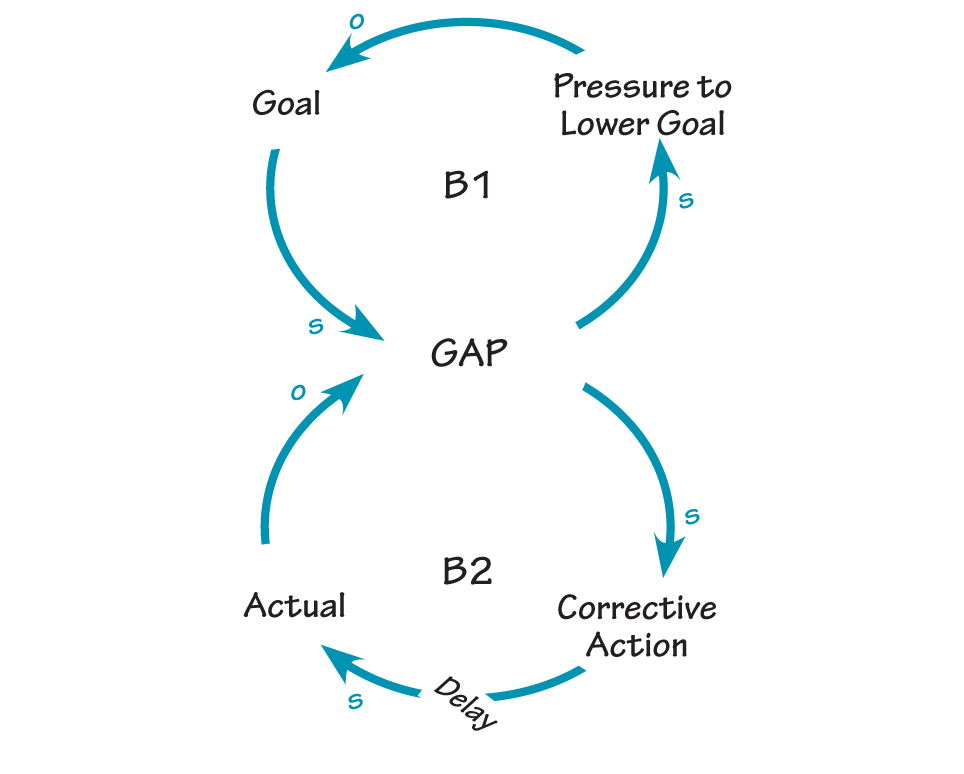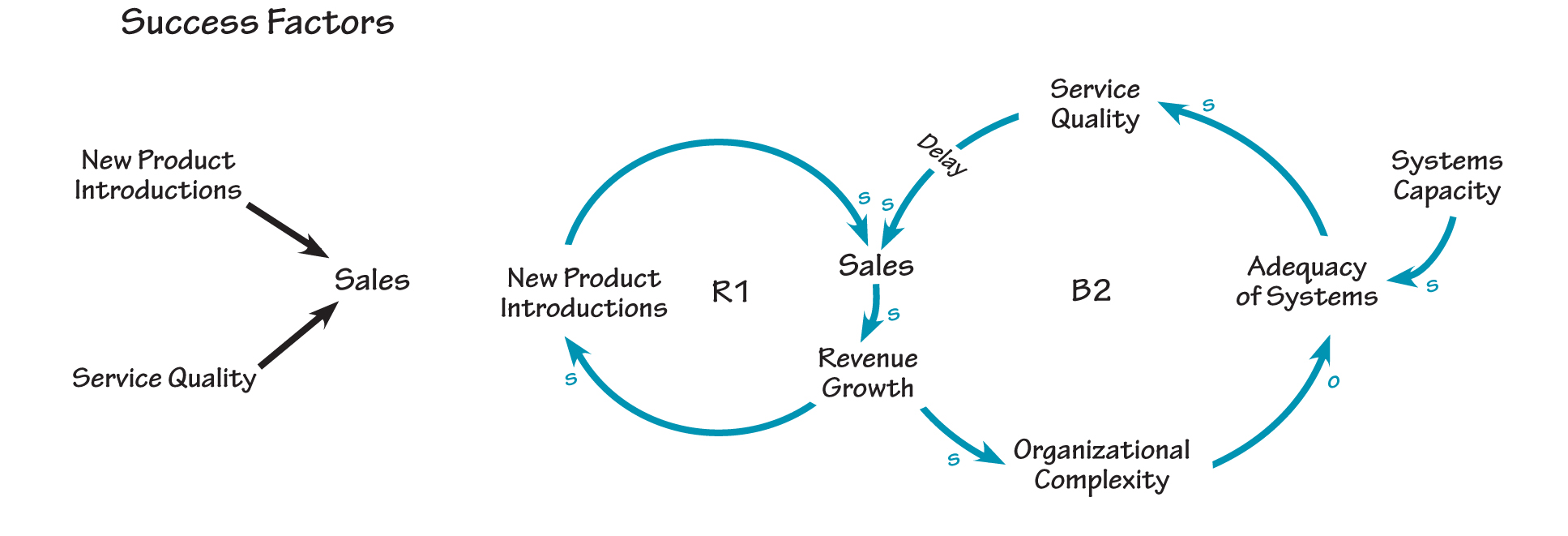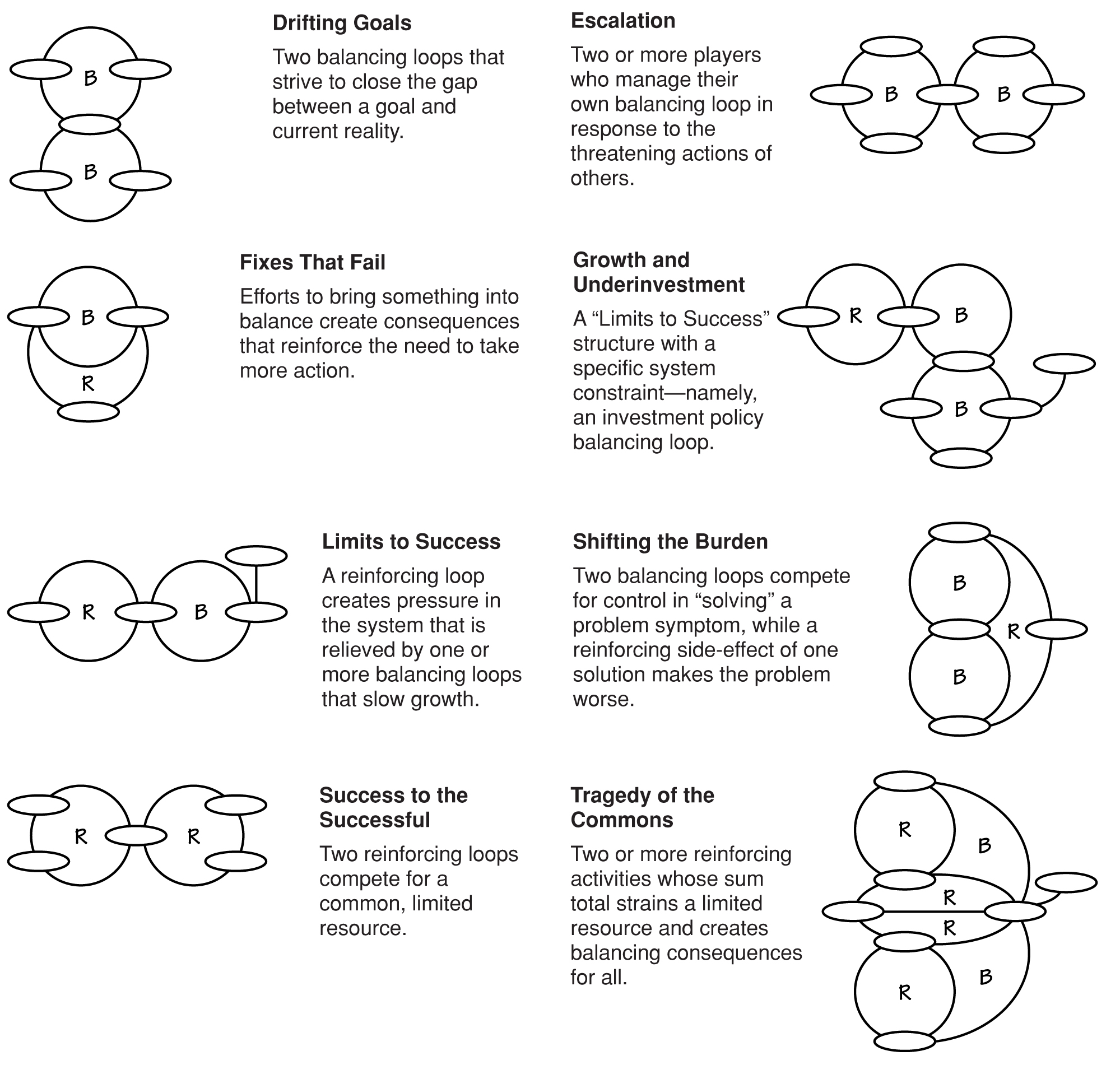Imagine you were suddenly struck with a strange illness that affected your vision. While you were still able to “see” everything around you, somehow your mind was unable to put all of the bits of color, shape, and texture into any recognizable forms. You couldn’t move around your office without bumping into furniture, distinguish between your desk and the papers on your desk, or recognize the faces of your co-workers—everything was a blur of light and color, each part indistinguishable from the rest…
While this scenario is highly improbable, it illustrates how facile our minds usually are at seeing patterns. The human brain is able to assemble trillions of pieces of data into recognizable objects and relationships that allow us to navigate through the world. Similarly, our minds are good at storing and retrieving linked chains of cause and effect. For example, it doesn’t take a child very long to realize that touching a hot stove means hurting a finger. Without this fundamental ability to recognize familiar patterns, every moment would be a new experience, and we could never learn from the past.
In order to see such patterns quickly, however, we must have reference structures that help us recognize similar situations. Such references allow us to go beyond the details of a situation and see larger patterns (e.g., touching hot objects will cause pain). Systems archetypes provide a powerful set of reference structures that allow us to see beyond the level of individual events in our organizations to the larger forces that are at work.
Seeing the Structures Behind Events
Once we are able to look beyond individual events and begin to see the underlying structural patterns that are producing them, we can make more fundamental improvements in our organizational systems. In particular, systems archetypes—a set of templates for identifying common patterns of behavior—can help in this process.

The “Drifting Goals” archetype represents a pattern of gradually eroding goals caused by two balancing processes that are trying to achieve equilibrium between a goal and the actual state.
The archetype diagrams provide a visual representation of a pattern of linked causes and effects. For example, “Drifting Goals” describes a pattern of gradually eroding goals that occurs over a long period of time. The storyline of the archetype says that if there is a gap between a desired goal and our actual performance, we can close the gap in one of two ways—by taking action to reach the goal, or by lowering our goal to be more in line with the current reality (see “‘Drifting Goals’Archetype”). The critical difference between these two approaches is that lowering the goal immediately closes the gap, whereas corrective actions usually take time. The tendency, therefore, is to let the goal gradually drift until a crisis occurs that focuses organizational attention on the problem.
Mapping out the specific loop structures of “Drifting Goals” and other archetypes helps us identify the structures creating the behavior patterns that we observe. We can then use the structural pattern template to see similarities across seemingly diverse situations. For example, “Drifting Goals” shows a pattern of gradually eroding goals caused by two balancing processes that are trying to achieve equilibrium between the goal and current reality. The problems of lengthening delivery times or an increasing aging chain of receivables are both very different, yet each demonstrates a pattern of drifting goals and can be addressed using similar corrective actions. This ability to transfer lessons from one setting to another enables us to accelerate learning across the organization.
Seeing Loops and Nothing Less Than Loops
By using systems archetypes as structural patterns, we can begin to see the world in terms of interrelated factors. Loops, not the component variables, become the smallest unit of analysis. We are no longer satisfied with explanations listing isolated factors as causal agents. Instead, we want to know how those factors relate to other parts of the system.
FROM FACTORS TO LOOPS

Looking at a situation from a “Limits to Success” structural pattern forces us to go beyond simply listing success factors. We must actually map them into reinforcing and balancing loops. For example, new product introductions lead to higher sales and boost revenue (R1), but revenue growth puts a strain on the organization’s internal systems, which leads to lower service quality and, ultimately, lower sales (B2).
If we are looking at a rapid growth situation, for example, and are concerned about becoming caught in a “Limits to Success” archetype, we might begin by looking at the growth drivers. In such situations, it is common to list linear factors (A causes B causes C, etc.). Mapping the situation through an archetype, however, forces us to map the factors into a loop that tells a coherent story. For example, if we identified new product introductions and service quality as key success factors, we could incorporate those into the “Limits to Success” diagram. This diagram includes both the engines of growth and the potential limits to that growth (see “From Factors to Loops”).
In working through this process, we are, in essence, looking for loop structures that capture a fuller story. In the case of “Limits to Success,” we are looking for a structural pattern of one or more reinforcing loops that are generating growth, coupled with one or more balancing loops that are slowing down the growth. Through continual practice with the archetypes, we can develop our perceptual capabilities and move from seeing isolated factors, to seeing loops, to seeing whole archetypal structures.
Visual Structures
The value of a clear and unambiguous description of a complex situation can’t be overemphasized. When talking about complex organizational issues, it is easy for a team to stray from the main topic into many interesting details that are not very relevant to the issue at hand. Without the clarity of focus provided by a common picture, the conversation can turn into a storytelling fest where much is shared and little is actually accomplished. At its worst, those discussions can turn into counterproductive finger-pointing sessions.
The archetypes, however, can help focus a group’s attention on the heart of an issue by providing a structural pattern and a process for identifying and drawing out each of the requisite loops of that pattern. Diagramming an archetype provides an explicit visual form that can depersonalize issues by focusing attention on a system’s structure, not on the individual players in the system. In addition, the language of links and loops provides a disciplined way of specifying relationships between factors by identifying them as part of a reinforcing or balancing loop.
The “Archetypes as Structural Patterns” chart shows the loop structures of each of the archetypes. Highlighting the basic reinforcing and/or balancing loop patterns of the archetypes provides a starting point for identifying those dynamics in our own organizations. This chart can help us see broader structural patterns at work, rather than viewing each event as a unique individual occurrence.
ARCHETYPES AS STRUCTURAL PATTERNS

Seeing Structures Across Diverse Situations
As we internalize the structural patterns of each of the archetypes, we begin to see the world in terms of larger “systemic chunks” instead of unrelated bits and pieces. When we see a competitor responding to one of our company’s pricing promotions, for example, we won’t just see it as a one-time reaction, but will recognize how each player is operating in his or her own balancing loop process that is perhaps part of a larger “Escalation” structure.
A Chinese philosopher once said, “One cannot step into the same river twice.” Although the river is slightly different each time we dip into it, for most practical purposes we can treat it as if it were the same. Likewise, from a systemic perspective, we can look beyond the myriad details that makes each situation look unique and recognize the underlying structural patterns that produce the same dynamics in a variety of situations. This ability to leverage learning across many different situations is one of the most powerful benefits of the systems thinking approach, and one of the most significant distinguishing characteristics of the human mind.
Daniel H. Kim is co-founder of Pegasus Communications, founding publisher of The Systems Thinker newsletter, and a consultant, facilitator, teacher, and public speaker committed to helping problem-solving organizations transform into learning organizations.
Colleen P. Lannon is co-founder of Pegasus Communications, Inc.
